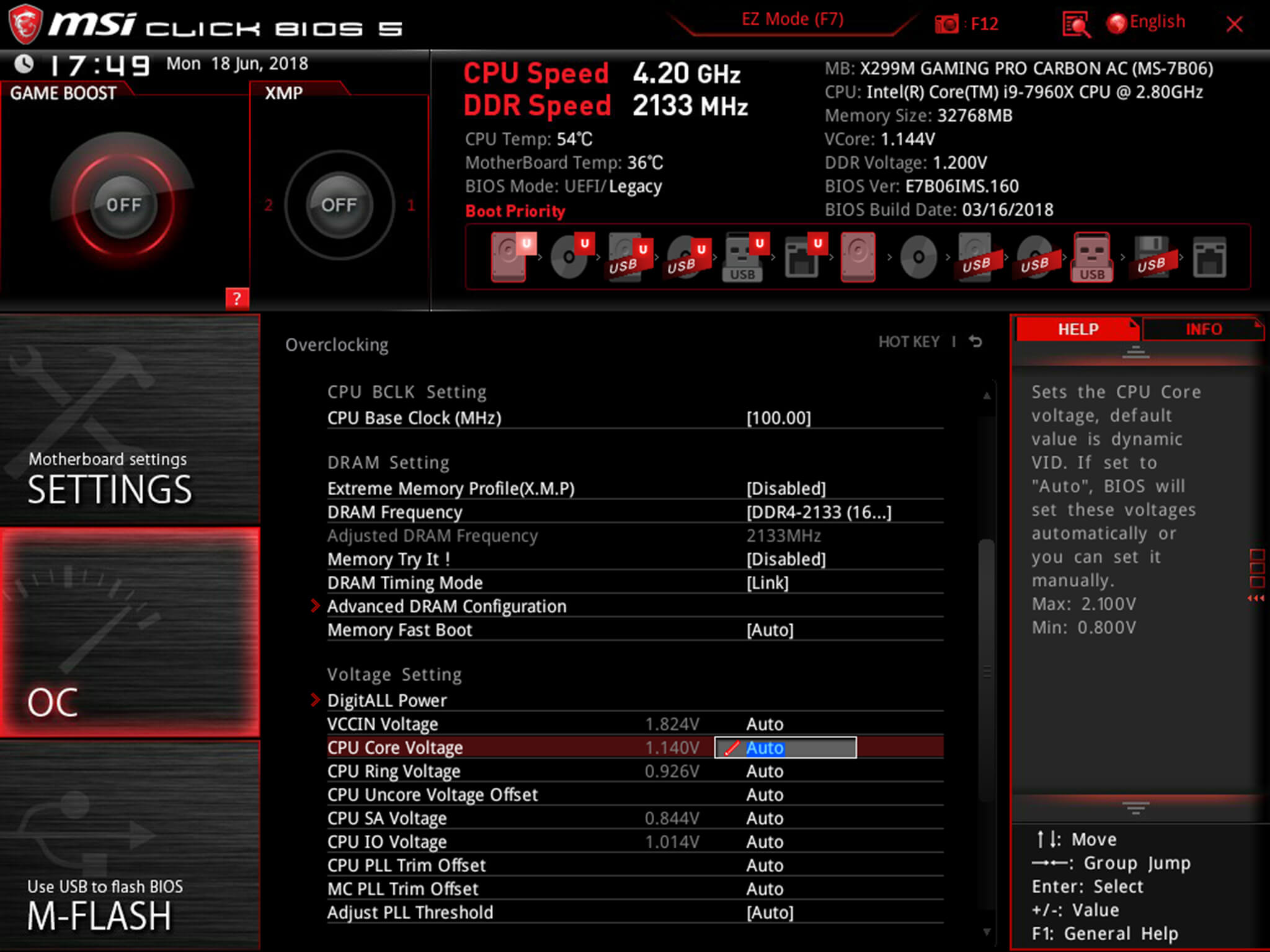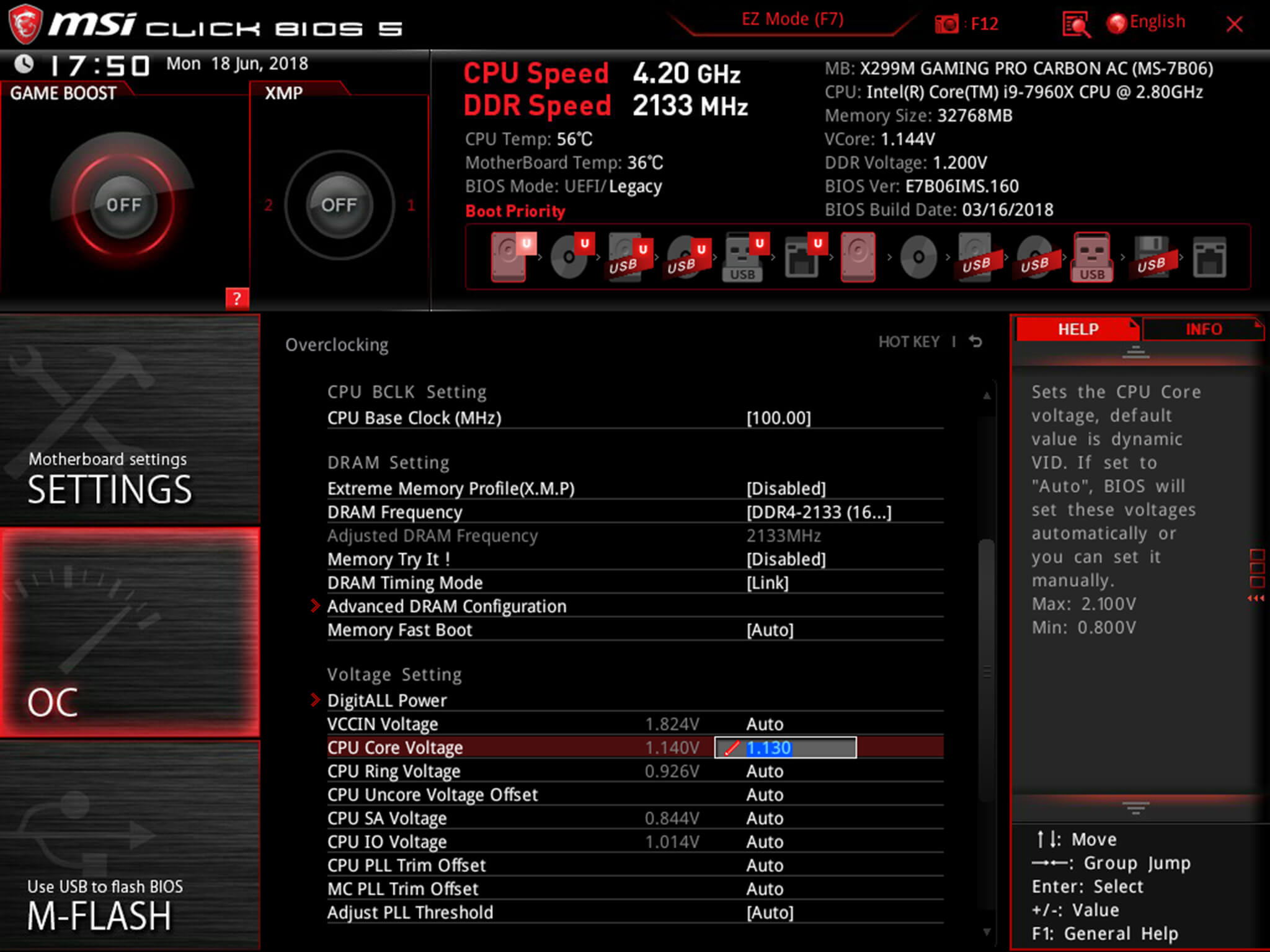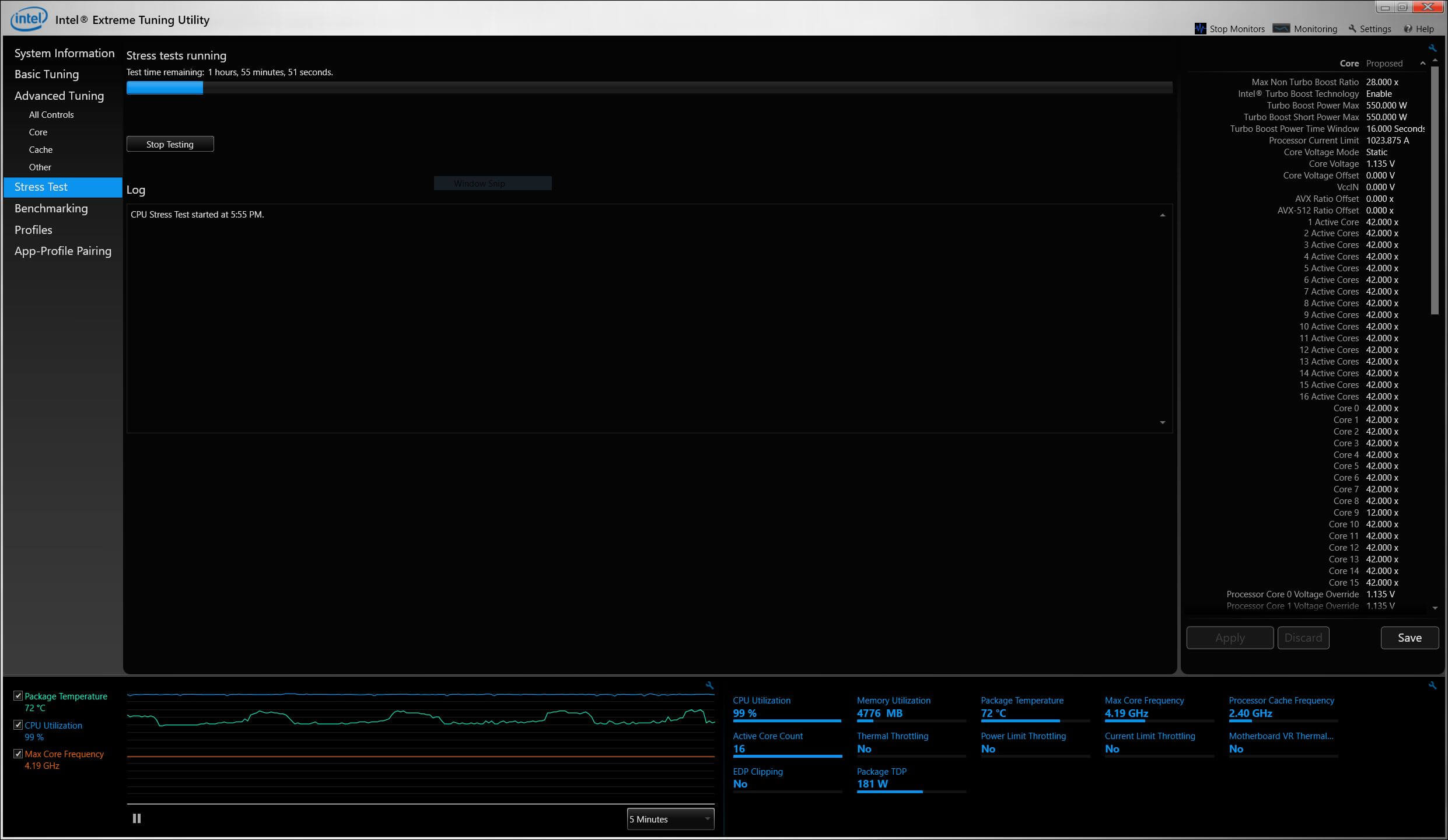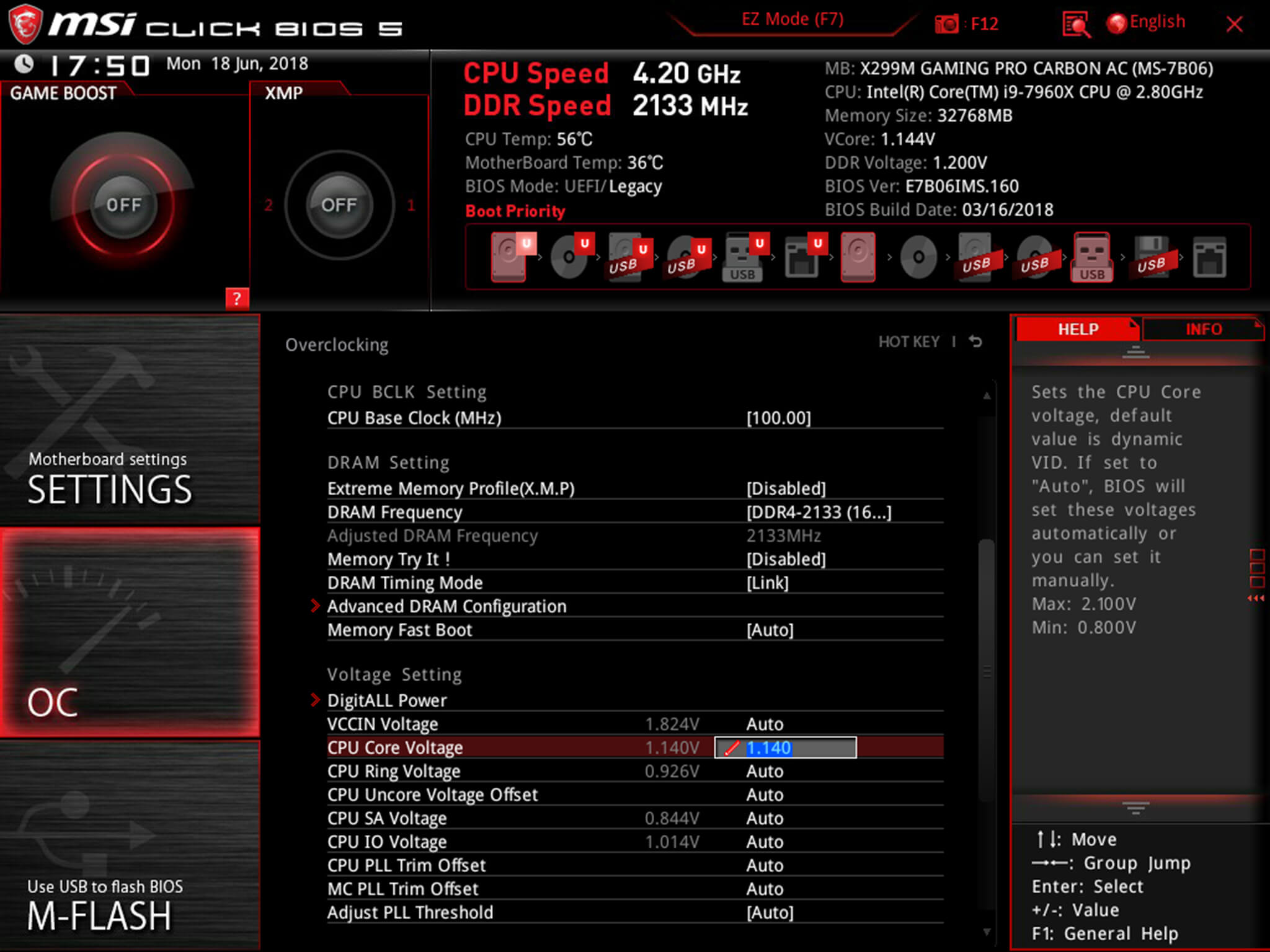【Married Women: Men Who Taste Better Than Their Husbands】
Why it matters:Vcore,Married Women: Men Who Taste Better Than Their Husbands or core voltage, is the voltage that is supplied to power your CPU. The amount of power the CPU uses and the amount of heat generated are tied to the amount of voltage it draws. The voltage identification definition, or VID, determines the amount of voltage your CPU needs to maintain stability at the default clock speeds.
The core voltage is different for each processor model, and while all CPUs of the same model have the same VID, not all samples maintain stability at the same clock speeds and Vcore due to slight variations in silicon quality. Every sample of the same CPU model is tested to maintain stability at the default speeds and the VID determined by the manufacturer.
Core voltage typically maintains a constant value while your CPU is in use; however, sometimes under heavy workloads vcore can fluctuate. This is known as Vdroop and can be corrected with load-line calibration. This applies additional voltage as load increases to maintain your CPU's stability.
Vcore and Overclocking
When it comes to overclocking, you can only push your CPU's frequency so far before your CPU starts to experience instability. Programs might begin to crash or hang up, game performance could suffer or your computer could even fail to boot. This is because your processor isn't getting enough voltage to maintain system stability.
Increasing voltage will allow you to dial in the perfect overclock.
To adjust the voltage, you'll need to boot into your motherboard's BIOS and make adjustments there. The Vcore is expressed as a three decimal value, such as 1.235v. By default, the voltage control is set to auto; this can be overridden by typing in any value. Make sure not to exceed the recommended maximum for your processor.

Before fine-tuning the Vcore, it's important to find a good baseline value for a given speed. This varies from model to model but it can be helpful to read reviews for your CPU, specifically ones that focus on overclocking.
Most publications will list the voltage they required to keep several different speeds stable. Every CPU sample is different and you will need to fine-tune the voltage before calling it done; however, these values do provide a good starting point.

If you boot your machine and don't find any stability issues, then you know it's time to start decreasing the voltage. When overclocking, you want to find the lowest voltage required to maintain stability. More voltage equals more heat and this will allow you to keep temperatures under control.

The safest way to adjust voltage is with increments of .01 volts. Decrease voltage until your computer starts showing signs of instability under load. Use a program like Intel's Extreme Tuning Utility (XTU) or Prime95 to stress test your processor.
If the test fails or crashes, then you need to raise the voltage back up to the previous stable point. For optimal efficiency, you can increase the voltage by .005 instead and again test for stability.

Conversely, if your overclock isn't stable at your baseline voltage, you will then need to increase the voltage until your computer shows no adverse effects and then decrease in increments of .005 to fine tune.

Undervolting
Overclocking is not the only time it can be useful to adjust voltage. As mentioned, higher voltage levels cause your CPU to generate more heat, regardless of frequency. Some CPU samples may have a higher VID than is actually required at the default frequency. Undervolting your processor allows your to maintain stability while decreasing temperatures and extending the life of your processor.
It's a common misconception that disabling Turbo Boost is a more effective substitute for shedding heat. While this does result in decreased temperatures, it is not an alternative as the purpose of undervolting is to maintain the same level of performance while generating less heat. When making adjustments, the same principles apply here as with overclocking, decrease Vcore in increments of .01 and then fine tune with adjustments of .005.
Further Reading
- Top 5 CPUs for Gaming
- How We Test: CPU Gaming Benchmarks
- The Best CPU Coolers 2018
Search
Categories
Latest Posts
Best iPhone deal: Save $147 on the iPhone 15 Pro Max
2025-06-26 13:10Swimming Upstream: A Memoir in Pools by Nathan Deuel
2025-06-26 12:50Wordy Joyce, Papal Deals by Sadie Stein
2025-06-26 12:42Like: Facebook and Schadenfreude by Francesca Mari
2025-06-26 12:15Amazon Fire TV Stick 4K deal: Get 40% off
2025-06-26 12:12Popular Posts
Best Sony headphones deal: Over $100 off Sony XM5 headphones
2025-06-26 14:20But What Is He Reading? by Sadie Stein
2025-06-26 12:22October Surprise; or, How to Follow a Perfect Season by James Santel
2025-06-26 12:14Kids Are All Right, Like E
2025-06-26 11:48Featured Posts
NYT mini crossword answers for May 9, 2025
2025-06-26 13:38Marilyn’s Books, Hemingway’s Vacation by Sadie Stein
2025-06-26 12:19Handsome Crooks, Crooked Reviewers by Sadie Stein
2025-06-26 11:55How to unblock Xnxx for free
2025-06-26 11:49Popular Articles
NYT Strands hints, answers for April 26
2025-06-26 13:39Edward Lear’s Cat by Sadie Stein
2025-06-26 13:08A Week in Beirut by Nathan Deuel
2025-06-26 12:56Meeting Joan Didion by Lucy McKeon
2025-06-26 12:36Best JBL deal: Save $10 on the Go 4 at Amazon
2025-06-26 11:57Newsletter
Subscribe to our newsletter for the latest updates.
Comments (39127)
Charm Information Network
Today's Hurdle hints and answers for April 17, 2025
2025-06-26 13:58Steady Information Network
Trashing Tolkien, Finding Tom Sawyer by Sadie Stein
2025-06-26 13:56Transmission Information Network
Lawrence Ferlinghetti Turns Down 50,000 Euro Poetry Prize by Sadie Stein
2025-06-26 13:14Inspiration Information Network
Kids Are All Right, Like E
2025-06-26 12:05New Knowledge Information Network
Bomb Envy
2025-06-26 11:39